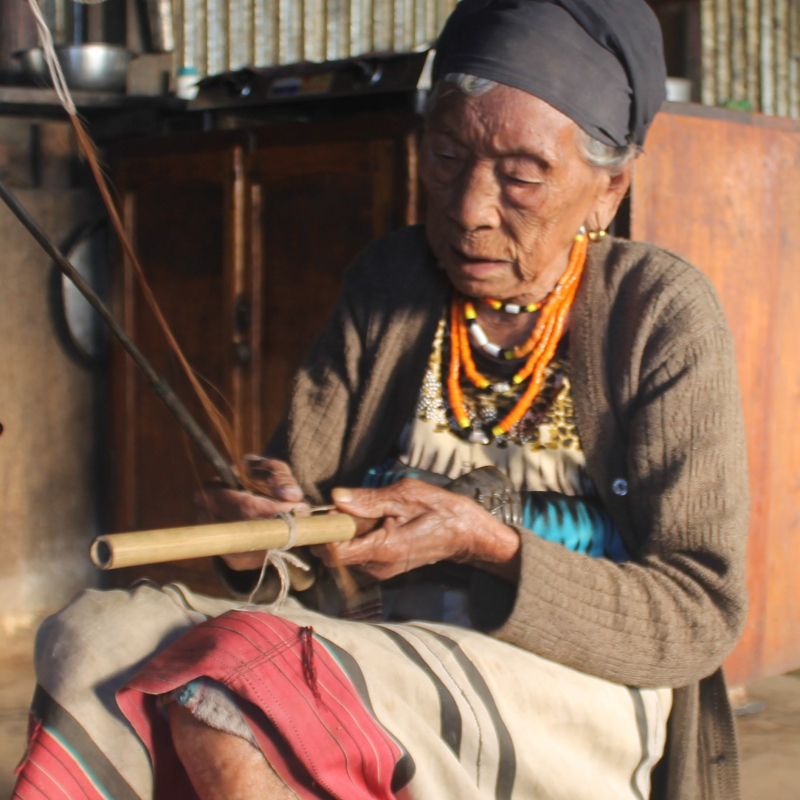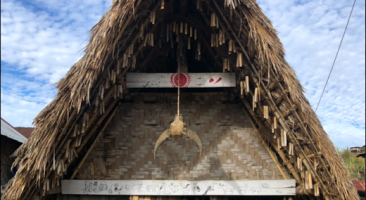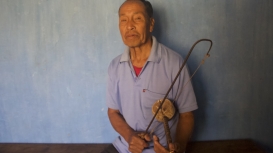Ruangmeis are one of the Naga tribes of India and are predominantly based in Tamenglong and Noney districts of Manipur and parts of Assam and Nagaland. The name Ruangmei means people from the south and is an indication of the direction they migrated to from their ancestral home of Makuilongdi.
Ruangmei culture like many indigenous cultures is preserved through oral history, folk music and stories sung at various occasions. Folk songs and music are integral parts of their tradition and, historically, lus (songs) were sung on occasions that were both sacred and routine, covering various aspects of the social life of the Ruangmeis such as crop harvests, romance, rituals, etc. However, with the older generation passing away, the Ruangmei cultural practices are dissipating. Thus the documentation of Ruangmei folk music is also documentation of their cultural heritage.




